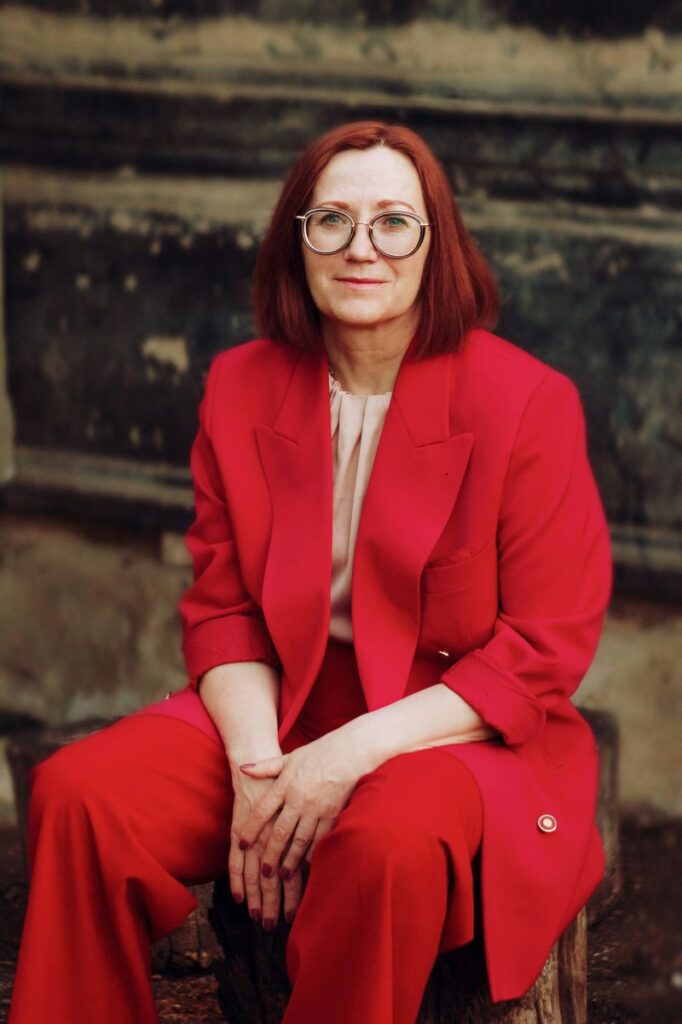Introduction
Age discrimination in the workplace is an issue that affects countless individuals around the globe. As a professional who has navigated the corporate world for over two decades, I’ve witnessed firsthand the subtle and sometimes overt biases that older employees face. In this article, I’ll explore the various facets of age discrimination, backed by data, legal frameworks, and personal insights to paint a comprehensive picture of this persistent issue.
Understanding Age Discrimination
What is Age Discrimination?
Simply put, age discrimination occurs when an employee is treated less favorably because of their age. This can manifest in hiring practices, promotion opportunities, and even during layoffs. For instance, if an older employee is overlooked for training opportunities because of assumptions about their capability or retirement nearness, that is a clear case of age discrimination.

Legal Frameworks Against Age Discrimination
In the United States, the Age Discrimination in Employment Act (ADEA) protects individuals who are 40 years of age or older from employment discrimination based on age. Similar laws exist in other countries, reflecting a global acknowledgment of the problem. However, the effectiveness of these laws can vary significantly from one region to another.
The Impact of Age Discrimination
On Individuals
When people are treated unfairly at work because they are considered too old, it can make them feel really bad. Imagine being told you can’t learn something new just because you have more birthdays! This can make someone stop getting better at their job, which isn’t fair. It can also make them very sad and stressed because they feel like they’re not as important anymore. This isn’t just about feeling sad; it’s about feeling left out and not enjoying work like they used to.
On Businesses
It’s not just the people who are treated unfairly that feel the effects; the whole company can too. When a business doesn’t value its older workers, it misses out on all the great knowledge and skills these employees have. It’s like throwing away a treasure chest because it looks old, not realizing there’s gold inside. This can make the business less good at coming up with new ideas or keeping up with other companies that appreciate all their workers, no matter their age.
Why Everyone Should Care
You might wonder, “Why should I care if I’m not old?” Well, everyone gets older. Treating older people fairly sets a precedent for our future treatment. By ensuring age equality, we create a happier workplace for all. Plus, when everyone, young and old, works together, we can learn from each other and come up with even cooler ideas. So, if you see someone treated poorly because they’re older, remember they deserve the same respect as everyone else.

Causes of Age Discrimination in the Workplace
Sometimes, people have the wrong idea about older workers. They think these workers can’t adapt or learn new things quickly, especially with technology. Here are a few reasons why these misunderstandings happen:
- Stereotypes: People often believe myths about older workers. They might think older people are not good with computers or new gadgets, which isn’t true for everyone.
- Underappreciation: Sometimes, companies don’t see how valuable older workers are. They might ignore the great skills and knowledge these workers bring from their long experience.
- Lack of Representation: If there aren’t many older workers in a company, it’s easier for these stereotypes to stick because there are fewer examples to prove them wrong.
- Resistance to Change: Companies might be used to doing things a certain way and feel uncomfortable changing things to accommodate different age groups.
Combating Age Discrimination
Corporate Policies
Companies can make sure everyone, no matter their age, feels included and valued by setting some smart rules. Here’s how they can do it:
- Clear Rules Against Unfair Treatment: First, every company should have easy-to-understand rules that say it’s not okay to treat someone badly because of their age. These rules should explain what age discrimination looks like and what will happen if someone breaks these rules.
- Learning About Diversity and Inclusion: It’s also super important for companies to teach their workers about diversity—that means understanding and respecting everyone’s differences, including age. Regular workshops or meetings can help everyone learn how to work well together, no matter if they are young or old.
- Fair Ways to Check How Everyone is Doing at Work: Lastly, when companies check how well their employees are doing, they need to make sure they’re not accidentally being unfair to older or younger workers. They can use methods that focus only on how well someone does their job, not how old they are.
Personal Stories
Case Study 1: Overcoming Age Bias
I once interviewed a candidate in her 50s who shared her struggle with age bias. Despite her extensive experience, she often felt overlooked. However, by focusing on continual learning and adapting, she was able to demonstrate her undeniable value and break through the biases.
Case Study 2: A Company’s Success with Age Diversity
A tech startup I consulted for implemented a mentorship program pairing younger and older employees. This initiative not only facilitated knowledge sharing but also dispelled myths about age, proving the business benefits of a diverse age workforce.
How to Recognize Age Discrimination
It’s important to notice when unfair treatment based on age happens. Here are some clues:
- Few Older Employees: If you don’t see many older people working at a place, that might be a sign.
- Not Included in Important Meetings: If older workers often miss out on big meetings, ask why that’s happening.
- Hiring Mostly Young People: Notice if a company keeps hiring younger people, even when older folks are just as good or even better.
These signs help us see if a workplace doesn’t treat everyone the same, no matter their age. If you see these things happening, it could mean age discrimination is going on.
Legal Recourse and Rights
If you suspect age discrimination, document everything. Legal recourse can be pursued through filing complaints with relevant labor authorities or seeking legal counsel to understand more about your rights.
The Role of Leadership in Preventing Age Discrimination
Leaders in a company are like the captains of a ship. They have a very important job in making sure everyone feels valued, no matter how old they are. When leaders show they care about having a team with people of all ages, everyone in the company starts to notice and think that way too.
One way leaders can do this is by checking regularly to see how many different age groups are in the company. They check all ages are included, not just young or old, by reviewing hires, promotions, and training for new skills.
Leaders can also make sure that respecting all ages is a big part of the company’s main goals. When discussing company values, they emphasize the importance of a diverse age mix among workers. They celebrate the team’s age diversity, showing it’s a point of pride.
Leaders make everyone feel welcome and important by doing these things, creating a happier and more creative workplace. It shows that the company believes everyone has something valuable to offer, no matter their age.

The Future of Work and Age Diversity
Have you noticed that families around us are having fewer kids and people are living longer? This signifies that increasingly, our world is becoming populated with more older individuals. This isn’t just happening in one place; it’s a big trend all over the world.
For companies, this means that they will see more older people applying for jobs and working longer than before. Smart companies understand that this change can be good for business. Here’s why: older workers bring a lot of experience and knowledge that can help solve tough problems and teach younger employees new tricks.
When a company values workers of all ages, it better prepares to tackle new challenges and seize opportunities for success. This diversity, like a team with players skilled in various moves, strengthens and makes the team more adaptable to any challenge.
So, for companies to stay on top of their game and be ready for the future, they really need to make sure they include and respect workers of all ages. This way, they can use everyone’s strengths to build a better and more creative workplace.
Conclusion
Age discrimination doesn’t just hurt older workers; it impacts everyone. By actively promoting fairness and diversity, we can create a better workplace for all. Let’s work together to make sure everyone, no matter their age, feels valued and respected. This way, our work environment becomes a happier and more welcoming place for everyone.
If you are a legal attorney, career coach, mental health coach, personal trainer, or real estate agent and want to make a difference, join the global team of Voices Under Pressure. We’re dedicated to supporting workers who are mistreated at their jobs. Together, we can help bring change and ensure a fair workplace for everyone.
Read more: How to Prevent Age Discrimination in Employment